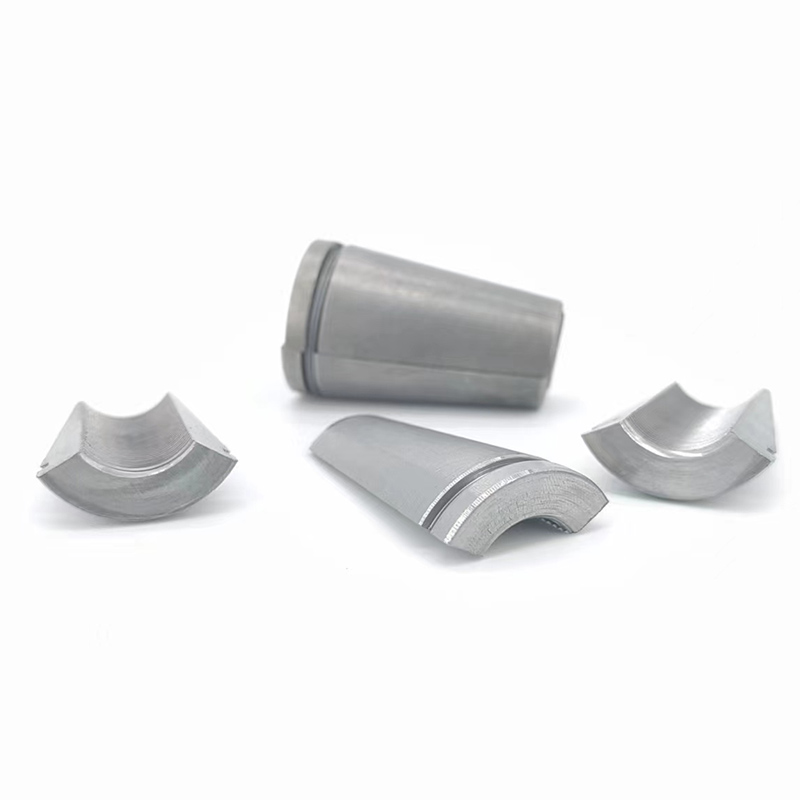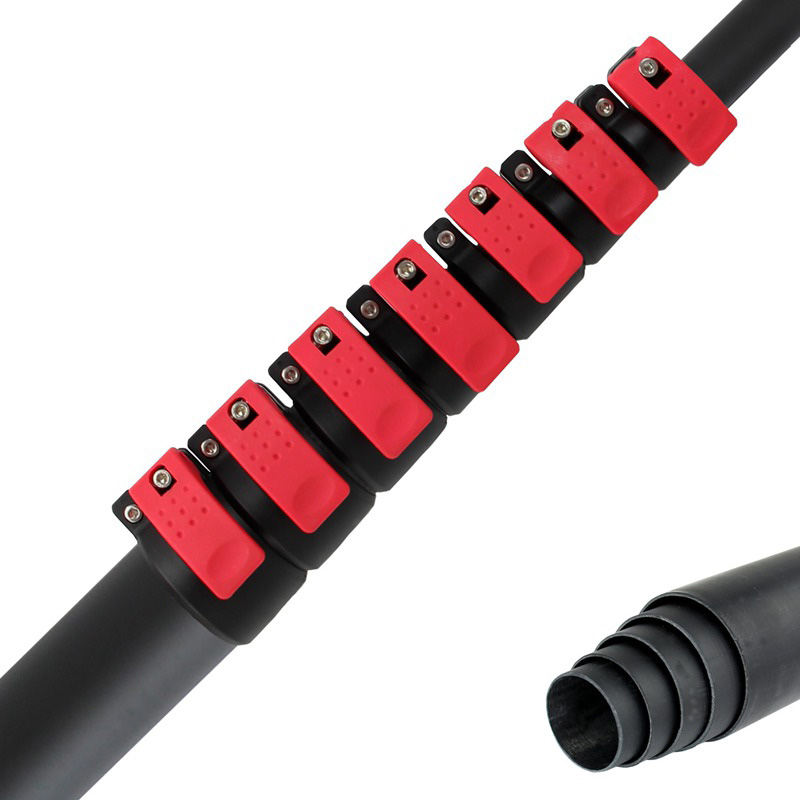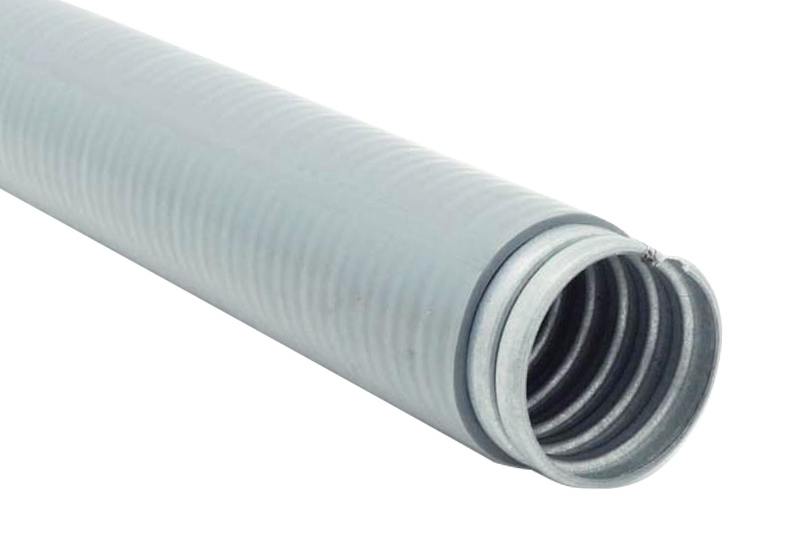Ultimate Guidance: How Is Braided Nylon Rope Made?
Rope is a combination of yarns, cord layers, fibers or strands that are combined to form a stronger and safer form.
There are two main types of rope: stranded rope and braided rope. Stranded ropes usually have tensile strength, so they can be used for towing, lifting, climbing, and even fishing; but are too flexible to provide compressive strength. Braided rope is usually thicker and stronger than similarly constructed thin rope and twine.
Rope can be made from different materials, from natural to man-made, such as nylon and polyester. But that's another story. In this article, we will show you the different methods used to produce nylon braided rope.
Processing fibers and filaments
Nylon is a man-made (or synthetic) material. So, in this step, several filaments are combined in a process called doubling or throwing. This produces strips of multi-layered filaments.
Formed nylon braided rope
Obviously, nylon braided ropes are made of synthetic materials. The spools of yarn are set on pairs of moving pendants on the braiding machine. Each pendant moves in an oscillating pattern, weaving the yarn into a tight braid. A set of rollers pulls the braid through the rails to lock or hold the braid in place and keep the tension on the cord. In some machines, the braiding process is accomplished by feeding the yarn into a separate, counter-rotating register plate. One yarn is braided in one direction, then another yarn is braided in the opposite direction, and so on, creating an interlocking braid.
As the rope comes out of the rollers, it is wound on a spool. The finished loop is then removed and prohibited and the ends are taped or melted.
Nylon fishing line
Featured content:Metal Components: The Building Blocks of Modern Innovation
Benefits of Using a High Pressure Washer Nozzle
The Most Precise Metal Casting: Achieving Unparalleled Accuracy in Manufacturing
Types of Scaffolding Fittings: Enhancing Construction Stability
How Does a Pneumatic Piston Pump Work?
Unlocking the Secrets of a Robust Post-Tensioning System
How Do You Determine Wire Mesh Size?
Quality Control
The level of quality control depends on the intended use of the rope.
Ropes for general use are mainly supplied by diameter and tensile strength. Tensile strength is determined by breaking sample pieces under load. Basic raw material specifications and visual inspection are the only quality control measures used for these ropes.
Ropes used for high-risk applications, such as rescue construction and lifting heavy loads - require more careful inspection and testing. These ropes may have code colors for easy tracking by the user.
Braided or twisted rope?
Nylon is a tough, lightweight and flexible man-made polymer with a protein-like chemical structure. Nylon fiber is a well-known material in the rope manufacturing industry. But is braided or twisted rope better than nylon? The answer is both. Both braided and twisted ropes have very different structures and strengths. Which is better depends on your intended use.
Nylon Climbing Rope
Choosing the Right Electric Tool: A Comprehensive Buyer's Guide
A Comprehensive Guide to Electric Tools
The Ultimate Buyer's Guide for Purchasing A Collet
Custom Tool Boxes – 5 Questions You Need To Ask When Ordering
What is a steel tee section used for?
What Are Steel Profiles(steel profile types)?
What is the number 1 tool brand?
1645
0
0
All Comments (0)
Previous: Easy Install Welded Mesh Gabion Basket
If you are interested in sending in a Guest Blogger Submission,welcome to write for us!







Comments